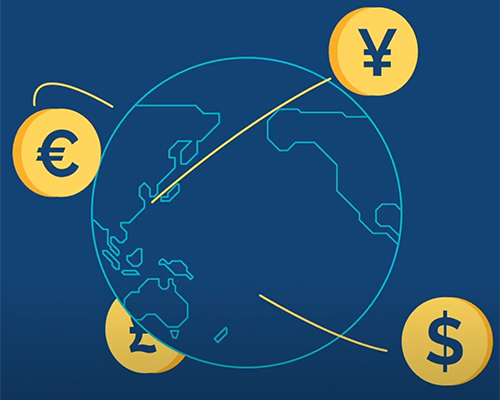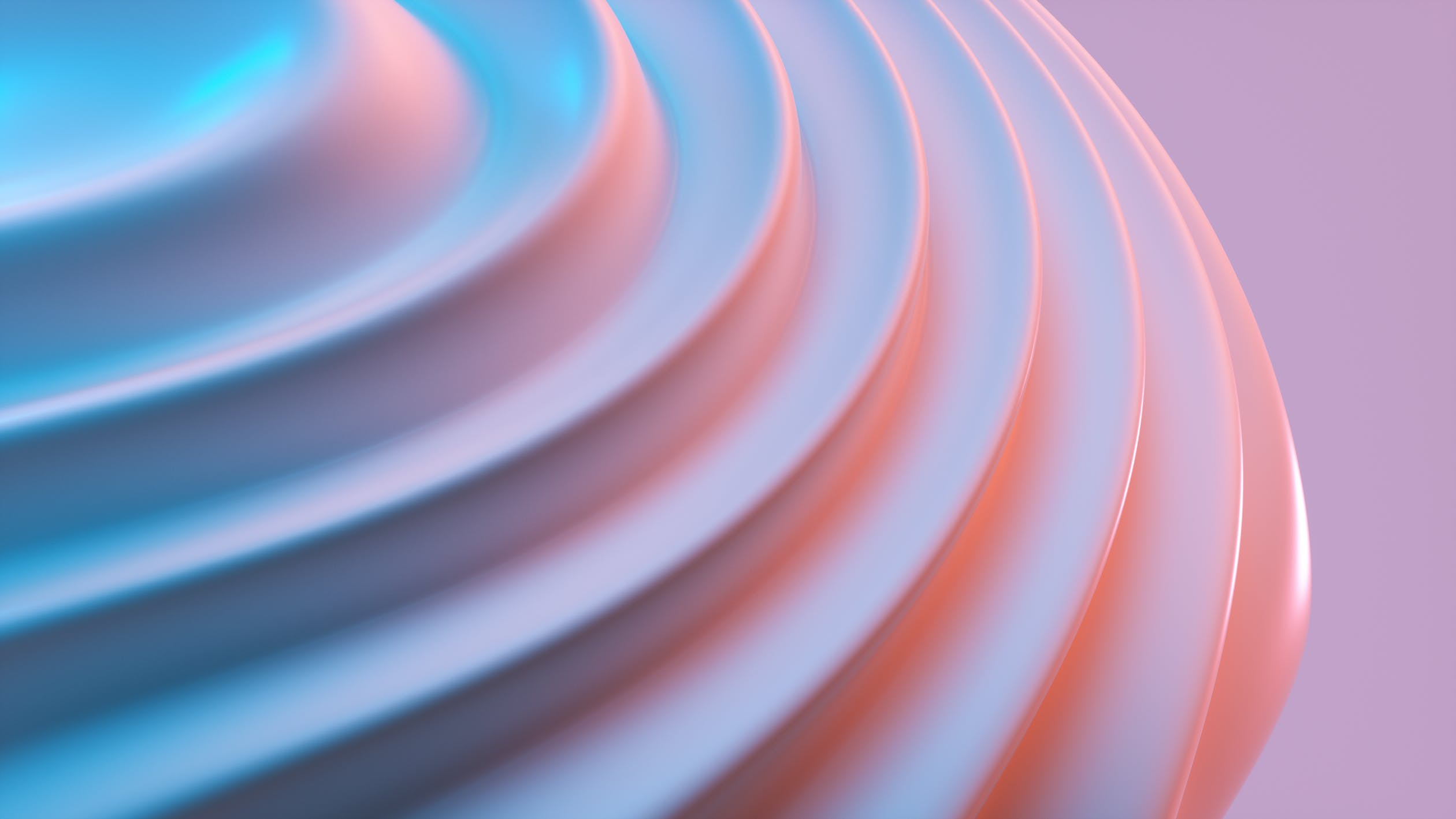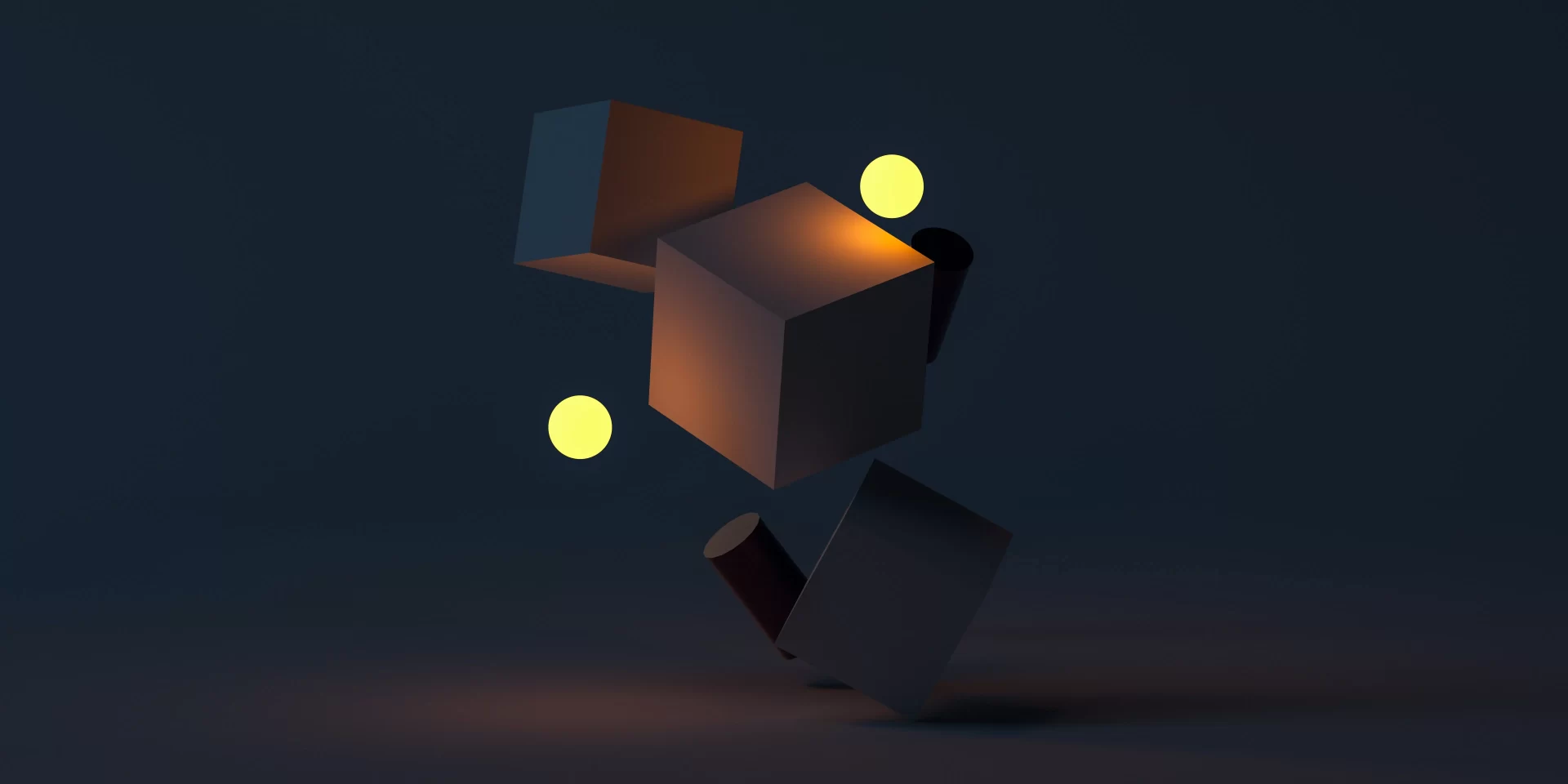2D vs 3D Animation: Choose the Right Style | Pickle Pictures
Animation is a great way to showcase ideas, concepts, products and services. From the hand-drawn wonders of yesteryear to the digital masterpieces of today, both 2D and 3D animations have secured their place in visual storytelling. To find the right fit for your business, it’s crucial to determine which style suits your project best.
2D animation has a rich history that spans centuries. From the hand-drawn cel animations of Disney classics like Snow White and The Lion King to the digital 2D animations of modern series like Adventure Time, 2D animation has left its mark on popular culture.
3D animation leaves behind the limitations of a flat screen and adds the element of depth to create a lifelike world. The awe-inspiring worlds of Pixar films like Toy Story and Finding Nemo are shining examples of the possibilities of 3D animation.
Here, we will discuss the differences between 2D and 3D animation, explore the pros and cons of each, and help you decide which is better for your business needs.
Understanding 2D Animation
2D animation, also known as ‘flat animation’, involves manipulating drawings or objects frame by frame on a two-dimensional surface. When these frames are played in sequence, it creates the illusion of movement, similar to a digital flipbook.
2D animation can be used in a variety of ways to enhance business and marketing communications, including:
- Explainer videos – explain a product, service, or concept
- Social media ads
- Website banners
- Email marketing campaigns
- Internal comms – training materials and internal presentations.

Pros Of 2D Animation
Simplicity and Speed
The beauty of 2D animation lies in its simplicity. With fewer dimensions to consider, the production process, including making changes and edits, tends to be quicker when compared to 3D. Imagine the magic of your favourite childhood flipbook amplified by the power of digital technology.
Cost-Effective
When considering the business side of animation, 2D tends to be the economical choice. The simple nature of 2D animation lessens the need for high-end software and hardware, making it a cost-effective alternative to its 3D counterpart. 2D animation can be a valuable ally, delivering impactful content without breaking the bank.
Flexibility in Design
2D animation is a playground, offering immense flexibility in terms of design. The 2D canvas is a sandbox where artists can craft unique, stylised characters and settings that defy reality. The freedom to bend, twist and distort elements in imaginative ways allows you to create a distinctive visual identity for your brand or message.
Freedom to be Creative
Free from the constraints of realism, 2D animation is the perfect platform for letting your imagination run wild. Whether you want to create a fantastical world, a whimsical character or a surreal visual metaphor, 2D animation does it all. It encourages you to think outside the box and push the boundaries of creativity.
Cons of 2D Animation
Limited Dimensions
One of the cons’ of 2D animation is its limited depth, diminishing realism compared to 3D animation and potentially hindering the viewer’s immersive experience. Lack of depth can be a drawback, depending on the type of project and message it needs to convey.
Not Ideal for Certain Industries
2D animation, while versatile, may not be the perfect fit for every industry or project. For instance, industries such as real estate or automotive, which rely heavily on realistically showcasing homes and vehicles, would find 2D animation less effective. If your project requires intricate details or complex simulations, 2D animation could limit your project’s success.
Defining 3D Animation
Unlike its 2D counterpart, 3D animation delivers depth and dimension, constructing lifelike models over flat imagery. The third dimension brings a sense of reality, allowing creators to explore every facet of a product.
There are many exciting examples of 3D animation in business:
- The automotive industry uses 3D animation to create realistic models of cars.
- Real estate employs 3D animation to provide virtual tours of properties.
- Tech companies often use 3D animation to illustrate complex product functionalities.

Pros Of 3D Animation
Depth and Realism
Unlike its 2D counterpart, 3D animation allows for the creation of a complete environment that can be viewed from any angle. The ability to rotate, zoom and pan around a scene delivers a captivating and immersive experience to viewers.
Versatility
3D animation is a flexible tool that can be used in many ways. It can be used to showcase a product, create a virtual tour of a building, or imitate a complex scientific process. It can be used on various platforms and industries, from social media to virtual reality and TV ads to internal company communications. Its versatility makes it a strong choice for many uses.
Longevity
3D animation is a long-term investment that delivers rewards in the future. With the ability to update and modify an existing 3D model, you ensure the content remains relevant. Need to tweak a product design or update an architectural model? Alterations to 3D animations are a breeze and easy on the pocket.
New Possibilities
3D animation is a dynamic tool for creatives, allowing the creation of innovative designs and visuals. This technology helps businesses visualise concepts, challenge perspectives, and create compelling visuals.
Cons Of 3D Animation
Higher Cost
The production of 3D animation often demands specialist software and equipment and the skills of seasoned professionals. These requirements can result in higher costs.
Time-consuming
Creating 3D images or frames is a time-intensive process, as it involves intricate and complex features such as depth, textures, and various effects.
2D Or 3D: Which Is Right For Your Business?
2D and 3D animation. Is one superior to the other? The answer is more complex than you might think. While both animation styles have their place, the choice between 2D and 3D boils down to a project’s nature and purpose. 2D animations can be a fantastic choice for explainer videos, infographics and social media content or when aiming for a stylised, creative approach. They’re also great for projects with tight deadlines and limited budgets. If your goal is to provide clear, straightforward information, the simplicity of 2D might be your best bet.
However, if you’re aiming for a more interactive experience or showcasing a product’s technical capabilities and functionality, 3D could be the way forward. 3D animations are ideal for product demonstrations, architectural visualisations, and more complex narrative storytelling. They offer a realistic, holistic view that makes viewers feel part of the scene.
Additionally, while 3D animation can offer more depth and realism, it also requires more resources, both in terms of time and money. 2D animation, while less complex, can be more cost-effective and quicker to produce.
The key here is not to gauge one style’s superiority but to understand how each can best serve your project’s needs. Both 2D and 3D animations offer unique possibilities; it’s all about finding the right fit for your vision and goals.
Navigate Animation With Pickle Pictures
Feeling a tad overwhelmed? Don’t worry! At Pickle Pictures, we’re experts in 2D and 3D animation and will take care of the entire creative process for you. Give us a buzz at 1300 581 225 or fill out this form for your free consultation. We can’t wait to hear from you.

